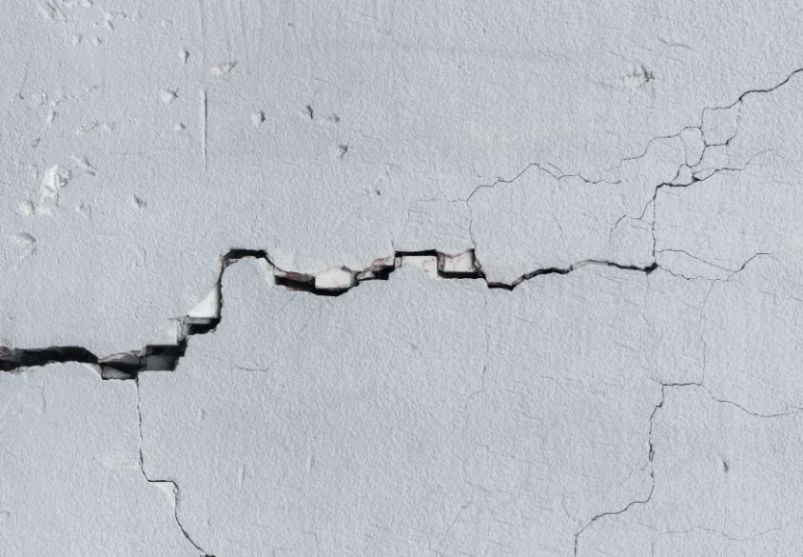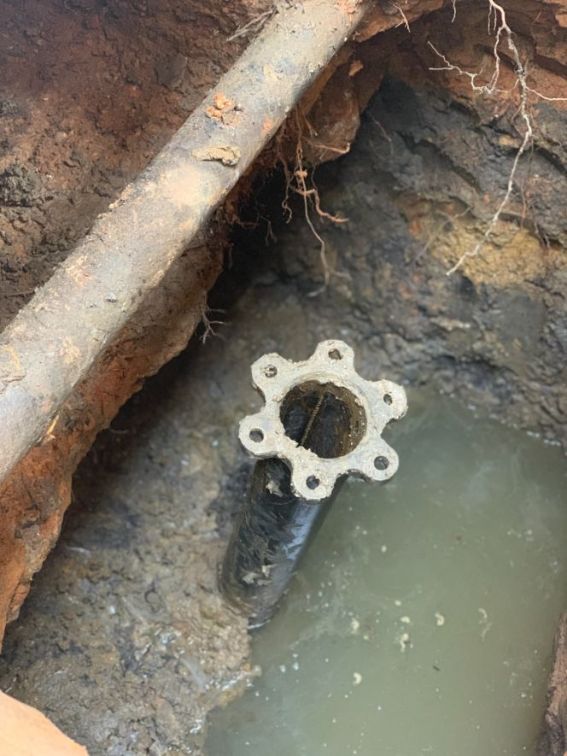On average, it will take 1-2 weeks to underpin a house. The bigger the size of the building, the more time it will take to complete underpinning of a house. Larger projects can take up to 4 weeks.
This article will discuss the time required to underpin a house, the foundation repairs process behind it, and whether underpinning can damage your property.
How Long Does Underpinning Take?
Underpinning a house can take approximately 2 weeks. For larger homes, it can take up to 4 weeks. The process of underpinning a house is not complicated, but it is time-consuming.

What Is The Process Of Underpinning A House?
The process of underpinning a house starts when underpins are around the affected area of the foundation right after completing engineering. Trenches are dug below the footing, and steel-reinforced concrete is poured about 300mm below the existing footing into the trenches to create support for the building’s footing. These new concrete pins need to cure for at least 24 hours before the next step can be started.
Next, the building is ‘jacked up’ or raised using hydraulic jacks placed between the new concrete pads and the existing footing. Once the desired height has been reached, the gap is filled with concrete to complete the new underpin.
The same steps are repeated for the next underpin until the project is completed.
Underpinning is one of the foundation repairs processes that add extra footings or supports to your house in order to arrest foundational movement affecting the building’s structure. The goal of underpinning is to set your foundations on a more stable, sturdy, stronger, and less prone-to-move foundation.

Do You Have To Move Out During Underpinning?
No, you don’t need to move out during underpinning. In some cases, you may need to move out if there are internal walls affected, but for the most part, you will not need to leave.
If done by a professional, it’s safe to stay in the house but make room to work for the workers.
Will Underpinning Cause Damage To My Home?
Underpinning will not cause any damage to your home in most instances. However, if renovation has been performed, the process of lifting or jacking the building may cause cracks to appear inside the property. We recommend you discuss this with your chosen underpinning contractor.
There are some disadvantages of underpinning. If you would like to know more, check out this blog.
How Often Do You Need To Underpin A House?
You only have to underpin a house once every several decades. Once you have an experienced underpinning technician underpin your home, you should not need to underpin your home again.
Concrete underpinning can last for many years, but you can’t guarantee results for resin underpinning. So, choose your underpinning method wisely to avoid further foundation repair work.
Do I Need To Underpin The Whole House?
No, you don’t need to underpin the whole house in most cases since only a section of it is usually underpinned. However, more underpinning can be required in homes more affected by subsidence and foundational movement.
Underpinning a house is a process that can provide your home with more stable soil and a stronger foundation. In this blog post, we have discussed what underpinning is, how long it takes, and whether you need to move out during the process. If you are considering having your home underpinned, contact a professional for advice and guidance.
What Are the Stages of Underpinning?
The following are the stages of underpinning:
- Excavation: The area surrounding the foundation is dug to create cavities.
- Preparation: Concrete is poured in a hole under or around the foundations, and formwork is placed.
- Reinforcement: The concrete is poured into the form, and let set or piles are driven into the ground until anchored.
